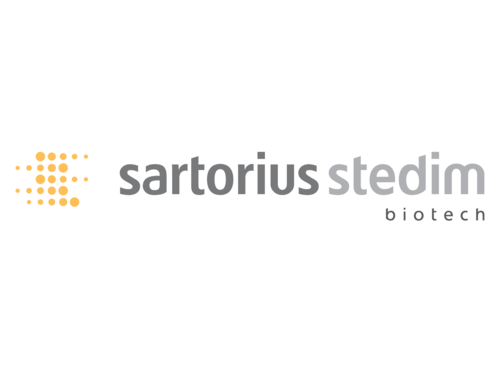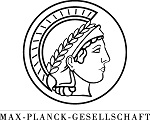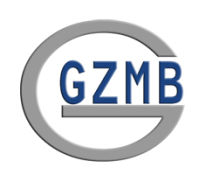Team:Goettingen/Project
From 2012.igem.org
| Line 540: | Line 540: | ||
The first group focuses on the creation of effective swimming motility assays. All kinds of different media and swimming agar plates were to be tested, because fast <i>E. coli</i> can only show their potential under the right conditions. Furthermore, an efficient selection system should be created in order to separate the fast <i>E. coli</i> from the slower ones and to test potential attractants for our swimmers. <br> | The first group focuses on the creation of effective swimming motility assays. All kinds of different media and swimming agar plates were to be tested, because fast <i>E. coli</i> can only show their potential under the right conditions. Furthermore, an efficient selection system should be created in order to separate the fast <i>E. coli</i> from the slower ones and to test potential attractants for our swimmers. <br> | ||
<br> | <br> | ||
| - | Creation of a fast strain represents the main task for the second group. The main question here is: which genes have the potential to make our <i>E. coli</i> faster and how do they need to be regulated to achieve this? Naturally, genes that code for parts of the bacterial motor, the flagellum, were selected for testing as well as FlhDC, a master regulator for motility and chemotaxis. The output is then measured as motility on the first group's swimming plates. <br> | + | Creation of a fast strain represents the main task for the second group. The main question here is: which genes have the potential to make our <i>E. coli</i> faster and how do they need to be regulated to achieve this? Naturally, genes that code for parts of the bacterial motor, the flagellum, were selected for testing as well as <i>FlhDC</i>, a master regulator for motility and chemotaxis. The output is then measured as motility on the first group's swimming plates. <br> |
<br> | <br> | ||
The last group focuses on the directed mutagenesis of the aspartate receptor TAR. Thereby, a library of numerous different and new TAR receptors can be created. Some of these might exhibit the ability to recognize a specific substance of interest. <i>E. coli</i> strains possessing such mutated receptors can then be screened for homing ability towards a selection of chemical compounds. <br> | The last group focuses on the directed mutagenesis of the aspartate receptor TAR. Thereby, a library of numerous different and new TAR receptors can be created. Some of these might exhibit the ability to recognize a specific substance of interest. <i>E. coli</i> strains possessing such mutated receptors can then be screened for homing ability towards a selection of chemical compounds. <br> | ||
Revision as of 19:54, 24 August 2012

|
Language:
| Our Project
Our project was born from the idea to create a real champion: the fastest E. coli in the world. As funny as this may sound at first, soon we were at the development of an ambitious plan to create our "Homing Coli" and apply its speed for selective purposes. The ultimate goal was a fast swimming E. coli strain which would be able to recognize specific molecules on a mutagenized receptor and head towards gradients of these substances on swimming agar plates. If this approach worked, it might be put to use for the recognition of various molecules such as pollutants, toxins or even cancer cell markers. As our planning moved on, we soon created three different focus groups which should work in parallel on the biggest and most crucial components of our project.
| ChemotaxisUnder process...
| PosterUnder process... 
|
↑ Return to top
Team Göttingen Sponsors and Supporter |
 |  |



|
 "
"